After two decades of working as a school-based occupational therapist, I followed my passion for teaching handwriting and returned to school and eventually to start publishing.


After two decades of working as a school-based occupational therapist, I followed my passion for teaching handwriting and returned to school and eventually to start publishing.

Do you have students who are troubled by anxious energy, the overwhelming need to move, or difficulty with focus?
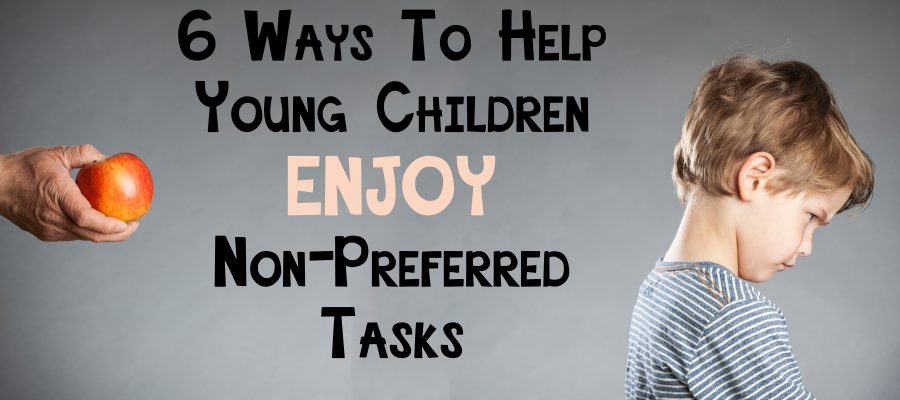
Whether you are a parent, teacher, or therapist, do you know children who would benefit from play experiences and practice performing tasks that do not come easily?
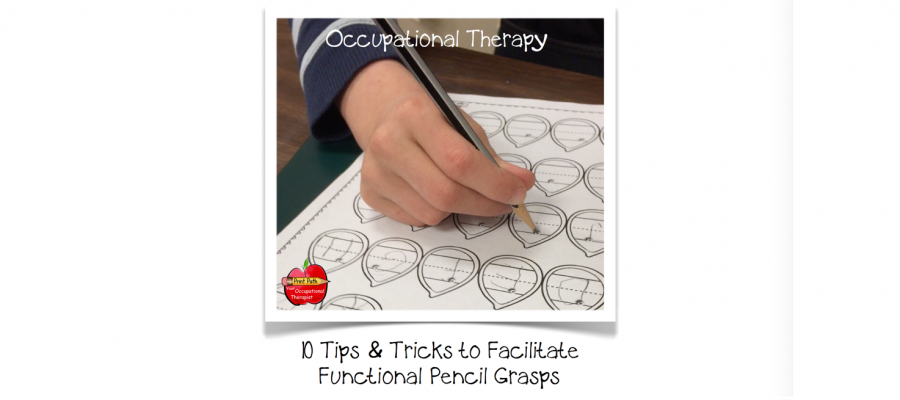
After you have identified and started to address the root issue interfering with pencil grasp, see Part 1 & 2, you can apply a variety of strategies to specifically facilitate and teach pencil grasp.
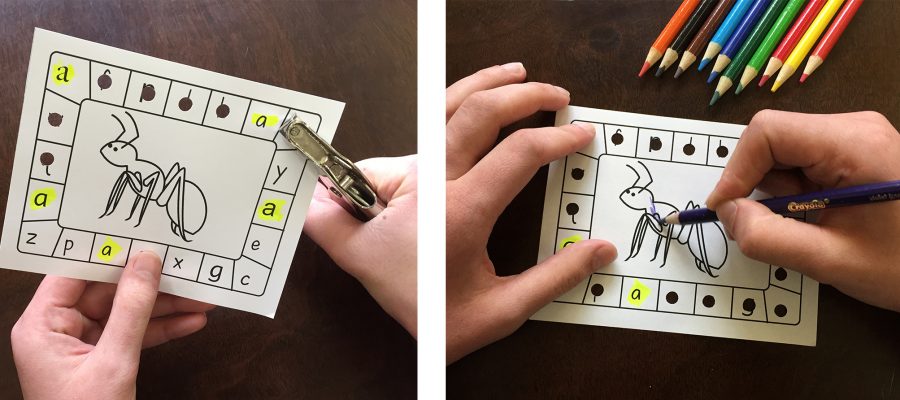
Hand strength and endurance is one-factor limiting sustained writing. As an occupational therapist, I am always looking for ways to improve kid’s hand strength! Since punching holes is so motivating for kids, I use punch cards as an engaging way to combine phonics and motor skills into a fun task for independent or partner work. Punching is so fun children will choose to do it during free choice or privilege time!
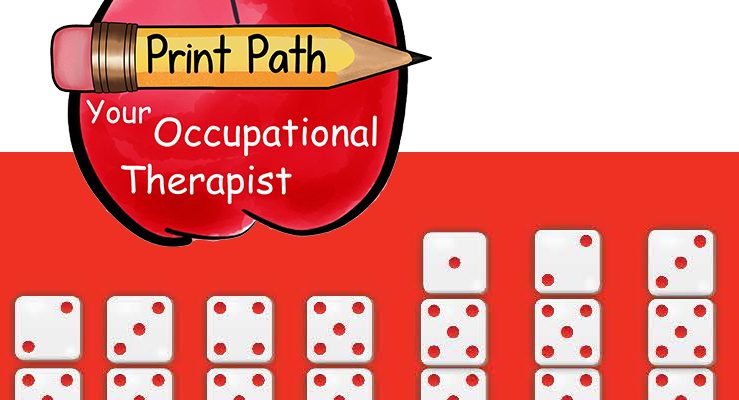
Many children enter kindergarten being able to rote count. What comes next?
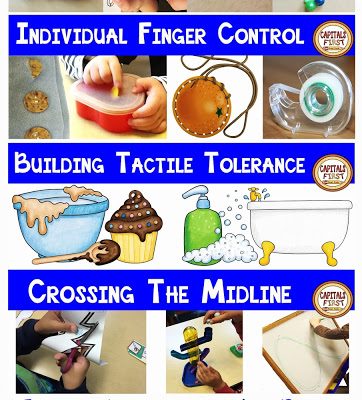
The four main factors that interfere with pencil grasp development and what parents and teachers can do to address those factors.

Understanding and Supporting Pencil Grasp Development: 3 – 6 years First off, this first installment of a 3-part blog post will explore What grasps look like in the major three categories. Why some grasps are more advantageous than others. What ages typically-developing children are using these three types of grasp.
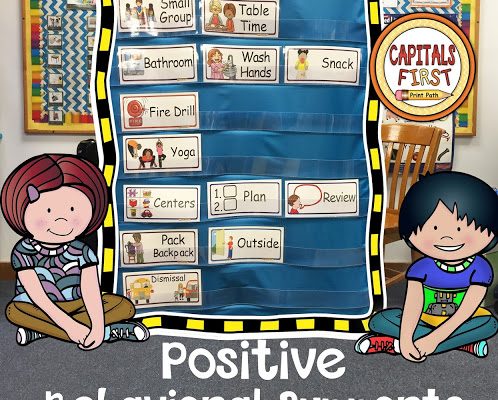
As I began working on a new Visual Schedule project for pre-K, I did a little digging into research-based practices to support positive behaviors in preschool classrooms. What did I find? READ MORE!